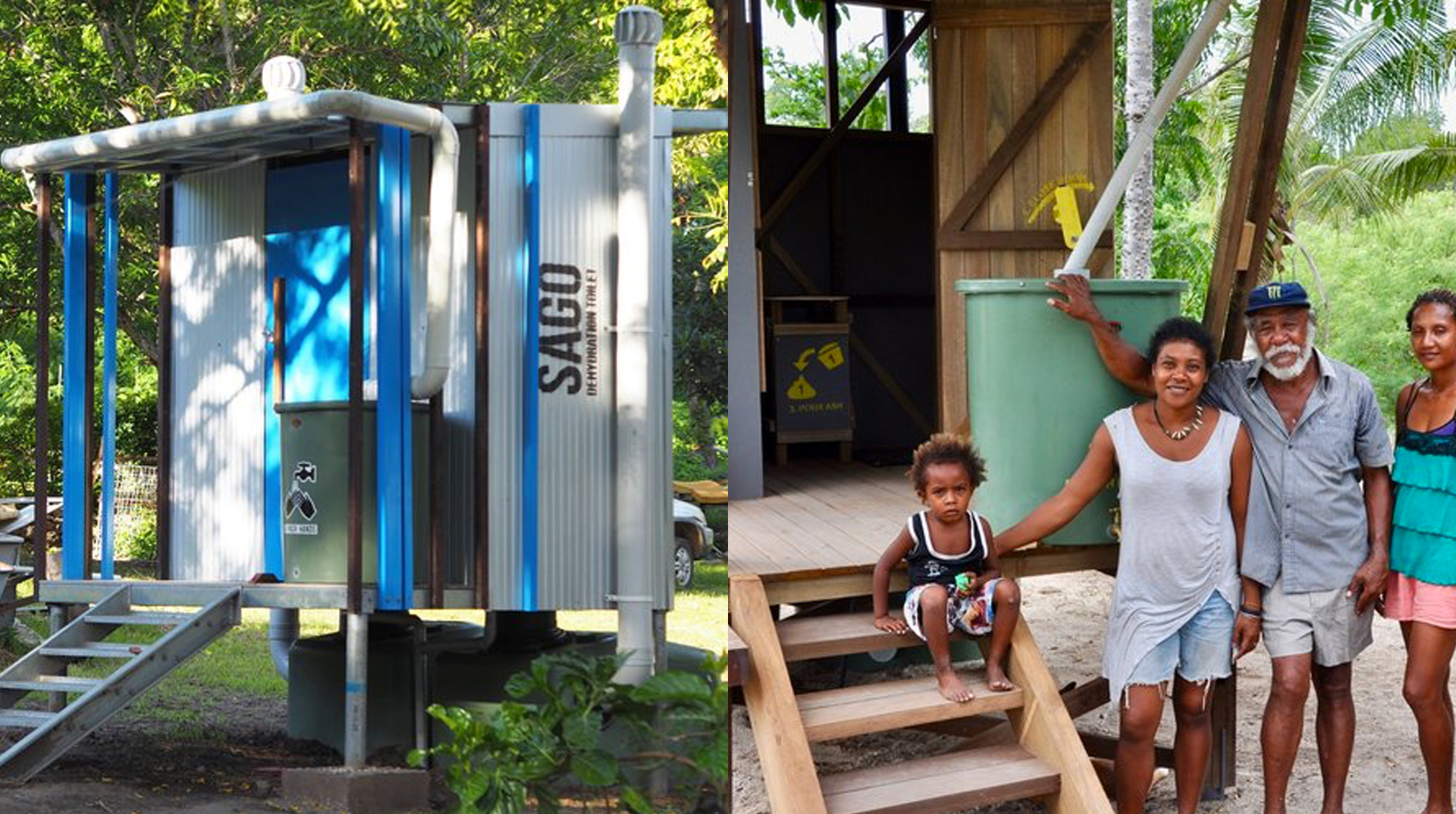PNG – Sago Network
Healthabitat has worked with SAGO Network and the WorldSkills Foundation to find the most appropriate hand-powered water pumps for local conditions.
Project Background Toilets in high water tables
A high water table and flood-prone land present significant challenges to remove waste safely. The Sago Dry toilet has had rigorous testing including Healthabitat support in the early design stages data loggers combined with other ideas for assessing the use, effectiveness and local acceptance of the 2 composting toilets have been put in place.
Sago Network has been working in PNG aiming to improve the supply of freshwater and the improved treatment of human waste and wastewater to reduce gut infections and waterborne illnesses.
This is a group who deserves support. From the profession, professionals, offices and students.
Sago Network actively aims to explore how the potential of design thinking, with its technical, strategic, collaborative and cultural dimensions, can contribute to the holistic challenges facing communities-in-need.
Also… communities with things that need improvement may want to get in touch with Sago and see if they can help or advise.
More from the Sago Dry Toilet Read on for details on how Sago dry toilet works

The Sage dry toilet and the community.
From the Sago Network website:
In order to combat the current decline of safe sanitation facilities in rural areas and coastal villages throughout Papua New Guinea, Sago Network offers the Sago Dry Toilet (SDT) as a specialised, long term, solution for communities effected by flooding and high-water table environments.
Key Benefits of the System
The Sago Dry Toilet is:
- Waterless – does not require water to operate
- Above ground – making it ideal for flood prone and high-water table environments
- Fully sealed – protected from flies, insects and disease transfer
- No smell – with its high tech ventilation system, the SDT has little to no smell, even after years of use
- Dry – unlike composting toilets, which fail in tropical environments, the SDT is a dry system with no dangerous run off fluid and limits any direct contact with faecal matter
- Lightweight/transportable – the system is designed to fit into a canoe, car or banana boat for easy transportation
- Minimal moving parts – the design is simple and easy to use making it robust in the PNG context
The Sago Dry Toilet is easy to use and maintain however it does require some basic ongoing maintenance and care. Sago Network thus provides introductory workshops on how to use and maintain the toilet alongside the delivery of all facilities to ensure the long-term success of the toilet.
Video - The Sago Dry Toilet
Healthabitat supports the Sago Network;
Sago Network are a not-for-profit team of architects and community development professionals with close ties to Healthabitat, and offer programmes to collaborate on projects in the field. The Sago network offers studios and we encourage undergraduate students of architecture to make the most of this opportunity. Classroom learning cannot be compared with working in the field, and the Sago Network offers a formative experience for anyone eager to see their design skills put to use in ways that benefit the health and wellbeing of people, in keeping with the core principles of Sago Network’s rigorous methodology. Applicants should be enthusiastic about working collaboratively in a team and be prepared for experiences involving construction, design-thinking, and cross-cultural communication. Students can also apply to their universities for credit points, with participants from previous years having successfully done so.
For all further details and application information, visit the Sago Network website.









